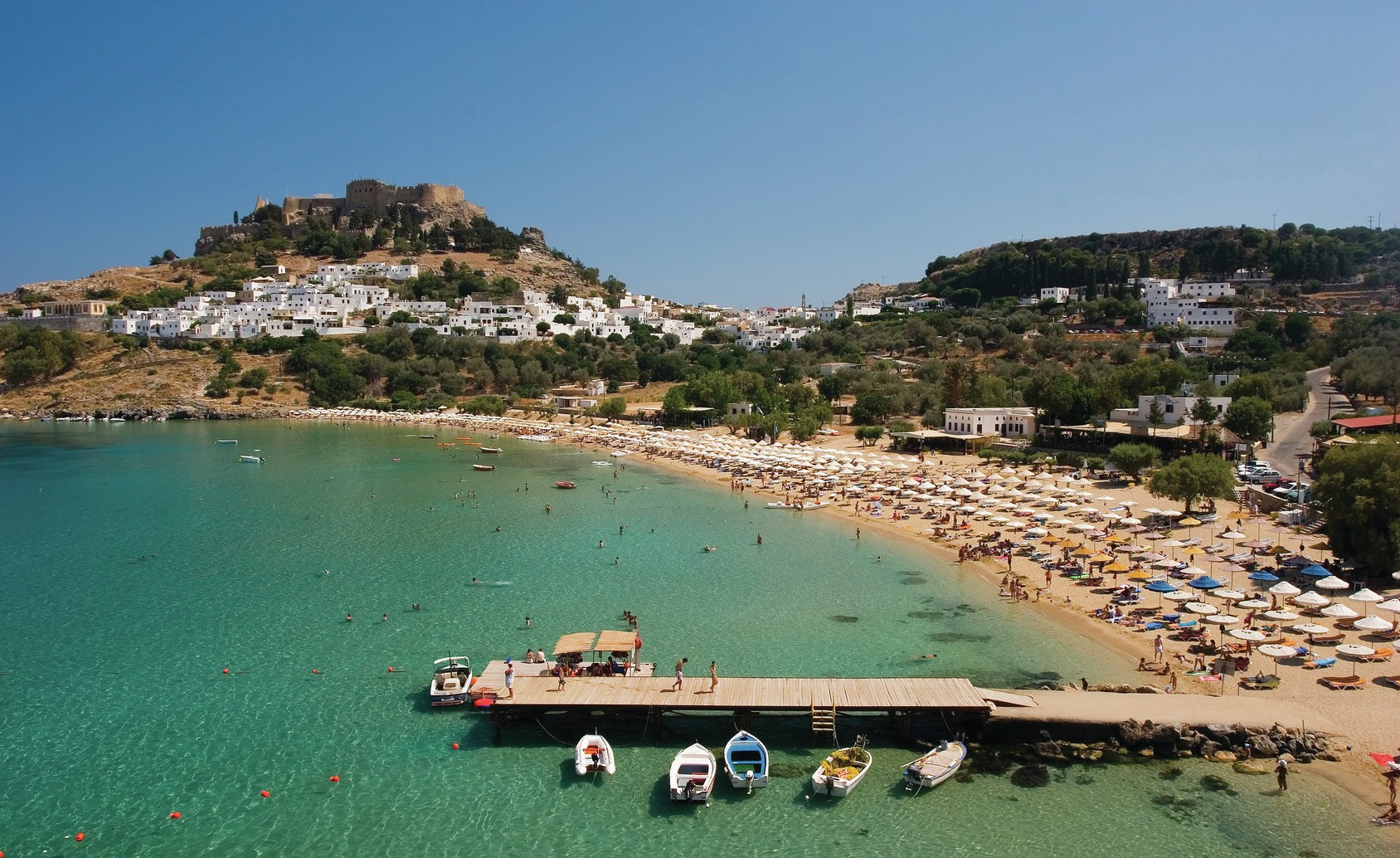
T he shores of the Mediterranean Sea are host to over 230 million tourists each year, 80% of whom go to Spain, France, Italy or Greece (although countries on the eastern and southern coastlines are receiving visitors in increasing numbers). The area has much to attract tourists: a beautiful climate, especially during the summer months, an attractive landscape and coastline with an abundance of fine beaches, an ancient history and impressive architecture. Add to this a wealth of hotels and resorts providing everything the tourist needs at competitive prices and it is easy to see why the Mediterranean is one of the most popular tourist destinations in the world. As a result, tourism provides an important source of income for many communities around the shores of the Mediterranean Sea.
However, mass tourism on such a scale comes at a cost. Rapid development of the coast has been encouraged by some governments. Small fishing ports have become resorts almost overnight, with hotels, apartments, cafés, restaurants, shops, roads and airports built to serve the needs of the tourists. The result has been the degradation of the coast and the local culture that existed there. The attractive coastline which first brought visitors has been destroyed in some places, pretty villages have been overwhelmed and three-quarters of the sand dunes on the coastline have disappeared.
Your organisation does not have access to this article.
Sign up today to give your students the edge they need to achieve their best grades with subject expertise
Subscribe




